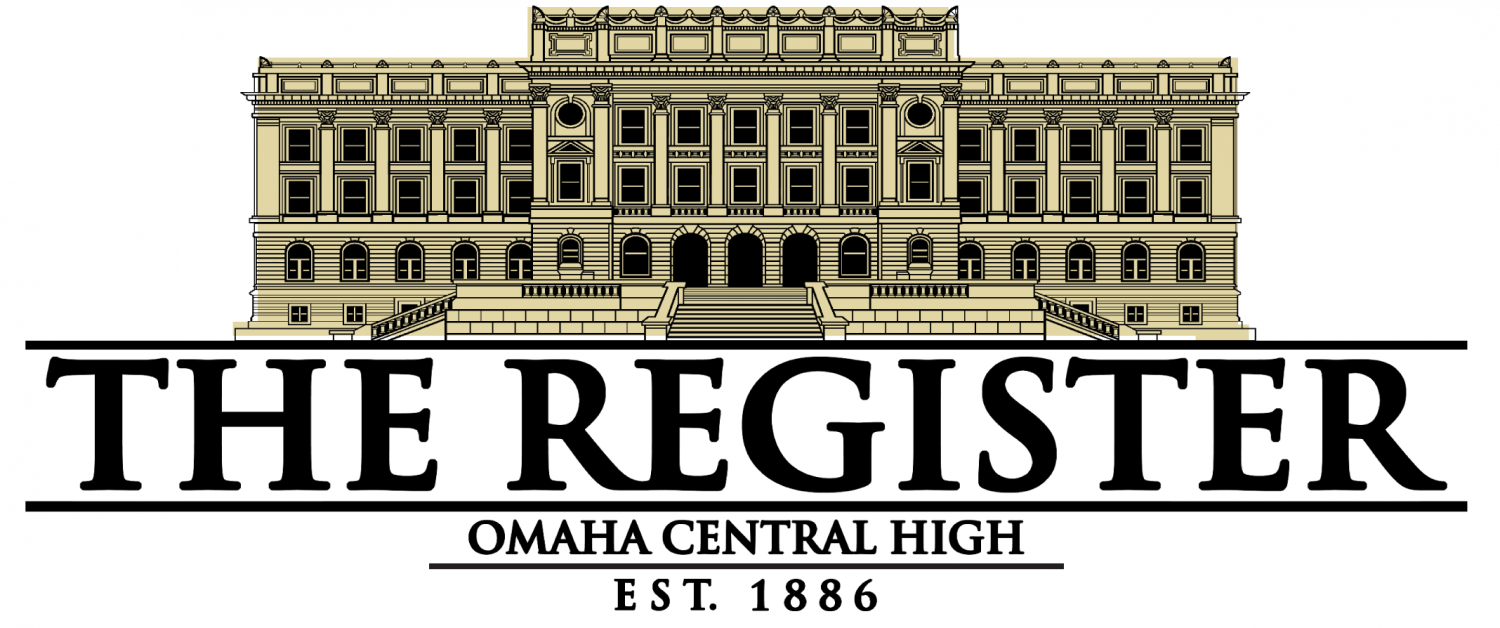Early Action cycles in the college application process
November 27, 2018
If I’ve learned one thing from high school, it’s that nobody really cares about high school. Between the constant questions about college plans and the emphasis on these four years being a stepping stone into college independence, it all feels like an awkward in-between.
I only have one year left at Central. After, I will be headed out of the state to God-knows-where to study God-knows-what. Sure, I have vague ideas of what I’d like to do, but more questions pervade than answers.
I am still in the very beginning stages of the college admissions process. As of August, I have the basic information in my Common Application filled out, a rough list of schools, and a rough draft essay.
Alas, I know that my struggles are not unique. I share them with a sizable portion of the Senior class. The truth is that the prospect of applying to college is terrifying to me—and to many. For each issue of the paper this year, I would like to talk about a different aspect of the college application process. Hopefully my woes and successes can be helpful for someone- and maybe I will learn some along the way.
For a number of elite schools and most public universities, early action and early decision plans present students with a fast-track option into college. These application plans typically have deadlines in early November to mid-October, with the advantage being an admissions notification by January or February.
High schools do not typically emphasize the option of applying early or it’s benefits and drawbacks. It is glazed over in the generalized instructions of applying to college.
Understanding the difference between early action and early decision plans is crucial for a student who is considering early application. Early decision is binding, and if you are accepted to a college through early decision, you are contractually obligated to attend unless financial concerns restrict your ability. It is worth noting that acceptance rates are significantly higher (especially at elite colleges) during these early decision cycles, due to the much smaller applicant pool.
Early action is the same sentiment, but it is non-binding. While choosing early action over early decision does increase the competition between students, it offers a student significantly more freedom in choice. This is ideal for a motivated student who is also unsure of where they would like to end up.
I am applying to thirteen schools—all but three have early action cycles. I will be applying early to all of those that offer it. For me, early action is appealing for the obvious reason of having admissions decisions at an earlier date. However, the prospect of having everything done for college prematurely is very appealing to me, and I think that it would be to many other students if more emphasis was put on non-traditional methods of applying to college.
